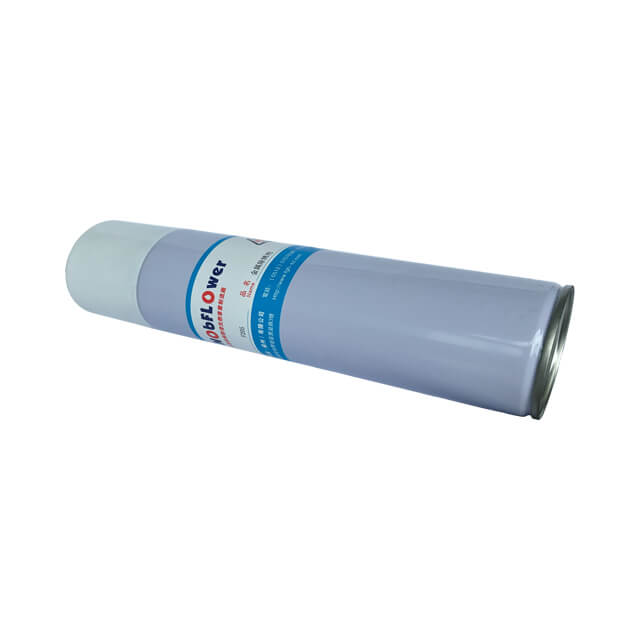Views: 1 创始人: Site Editor Publish Time: 2024-11-22 Origin: Site








Metal cleaning agents are widely used in industrial
production and daily maintenance, which can effectively remove oil, rust and
other impurities on the metal surface, and maintain the finish and good
performance of the metal. However, when using metal cleaners, the following
precautions should be taken to ensure that the cleaning operation is safe and
effective.
Metal cleaning agents are composed of surfactants
and added cleaning aids (such as alkaline salts), rust inhibitors, defoamers,
fragrances, etc. Its main ingredient surfactants include several types, and the
domestic ones are mainly non-ionic surfactants, including ether, ester, amide,
and polyether, which have strong decontamination ability.

When choosing a metal cleaning agent, you should pay
attention to the following points:
<!--[if !supportLists]-->1.<!--[endif]-->Pay attention
to the concentration of cleaning agents. First of all, be sure to read the
product manual carefully before using metal cleaners. Different metal cleaners
may have different compositions and properties, and it is important to
understand their scope of application, how to use them, safety precautions, and
more. Operate in strict accordance with the requirements of the manual to avoid
safety accidents caused by misuse or poor cleaning effect. The concentration of
the cleaning agent is closely related to the cleaning effect, and usually when
the concentration increases, the decontamination ability is also enhanced, but
after reaching a certain concentration, the decontamination ability is no
longer significantly improved. Generally, it is advisable to control the
concentration at
3%-5%. If the detergent concentration prepared according to the product
instruction manual is not satisfactory, the detergent concentration should not
be increased, but other formulations of detergent should be selected.
<!--[if !supportLists]-->2.<!--[endif]-->Grasp the
temperature of the cleaning agent. In general, as the temperature of the
cleaning agent increases, the decontamination capacity also increases, but
after a certain temperature, the decontamination ability decreases. Therefore,
each cleaning agent has an optimal temperature range, and the higher the
temperature, the better. In particular, non-ionic cleaners can become cloudy
when heated to a certain temperature, which is called
"cloud point".At this time,
the solubility of the active agent in water is reduced, some components are
decomposed by heat and fail, and the decontamination ability is reduced.
Therefore, the temperature of non-ionic cleaners should be kept below the cloud
point. Second, we should pay attention to protective measures. Metal cleaners
are often irritating and corrosive, and may cause discomfort or injury if they
come into contact with the skin or eyes. Therefore, wear appropriate protective
gloves, goggles and other protective equipment during use, and avoid direct
contact with the cleaning agent. In case of accidental contact with cleaning
agents, rinse immediately with plenty of clean water and take corresponding
first aid measures according to the specific situation.
<!--[if !supportLists]-->3.<!--[endif]-->Know how long
the cleaning agent lasts. A single preparation of cleaning agents can be used
multiple times, and its use time depends mainly on the number of parts to be
cleaned and the degree of contamination of the cleaning agent, in general, the
cleaning agent formulated at one time can be used continuously for 1-2 weeks.
In order to save the amount of cleaning agent and improve the cleaning quality,
the cleaning sequence should be reasonably arranged according to the
characteristics of the parts. For example, cleaning the main parts and the less
dirty parts first, and then the secondary parts and dirtier parts can extend
the use of the cleaning agent. In addition, it is important to be aware of the
differences when using metal cleaners for different types of metals. For
example, certain metals may be sensitive to certain cleaner components and are
susceptible to corrosion. Tests should be carried out before cleaning to
determine the appropriate cleaning agent and cleaning conditions for the metal
to avoid damage to the metal.
<!--[if !supportLists]-->4.<!--[endif]-->Pay attention
to the type and nature of the dirt on the parts. The types and properties of
dirt on auto parts vary greatly, including solid oil stains such as oil sludge,
scale, carbon deposits, rust, and liquid oil stains such as lubricating oil and
grease residues. Scale and rust are commonly removed with descaling and
cleaning agents; Other oils, greases, etc. can be cleaned with heavy oil
cleaners. Furthermore, we should pay attention to environmental safety. Metal
cleaners may produce harmful gases or volatiles during use, which can be
harmful to human health and the environment if not handled properly. Use metal
cleaners in well-ventilated areas and avoid prolonged operation in confined
spaces. At the same time, properly dispose of the waste water and waste residue
generated in the cleaning process, and treat it in accordance with relevant
environmental protection requirements to prevent environmental pollution.
<!--[if !supportLists]-->5.<!--[endif]-->Prevent parts
from being corroded. For copper, lead, zinc and other parts that are easy to be
corroded, as well as parts of precision instruments and meters, it is necessary
to choose a cleaning agent that is close to neutral, less corrosive and has
strong rust prevention ability.
<!--[if !supportLists]-->6.<!--[endif]-->Consider the
cleaning conditions. If there are steam heating conditions, high-temperature
cleaning agents can be used; When manual cleaning is mainly used or the parts
to be cleaned are not suitable for heating, low-temperature cleaning agents are
used; When using mechanical cleaning and pressure spraying, use a low-foaming
cleaning agent.
Finally, keep the metal cleaner in a safe place.
Store the cleaning agent in a cool, dry and well-ventilated place, away from
fire and flammable materials, away from direct sunlight and high temperature
environment, to prevent the cleaning agent from deteriorating or dangerous. At
the same time, keep the detergent out of the reach of children to prevent
accidental ingestion or misuse.
In conclusion, the correct use of metal cleaners is
extremely important to keep the metal in good condition and improve work
efficiency. Only by strictly adhering to the precautions for use and taking
protective measures can metal cleaning agents be used safely and effectively,
providing strong support for industrial production and daily maintenance.
 苏公网安备32058302004438
苏公网安备32058302004438